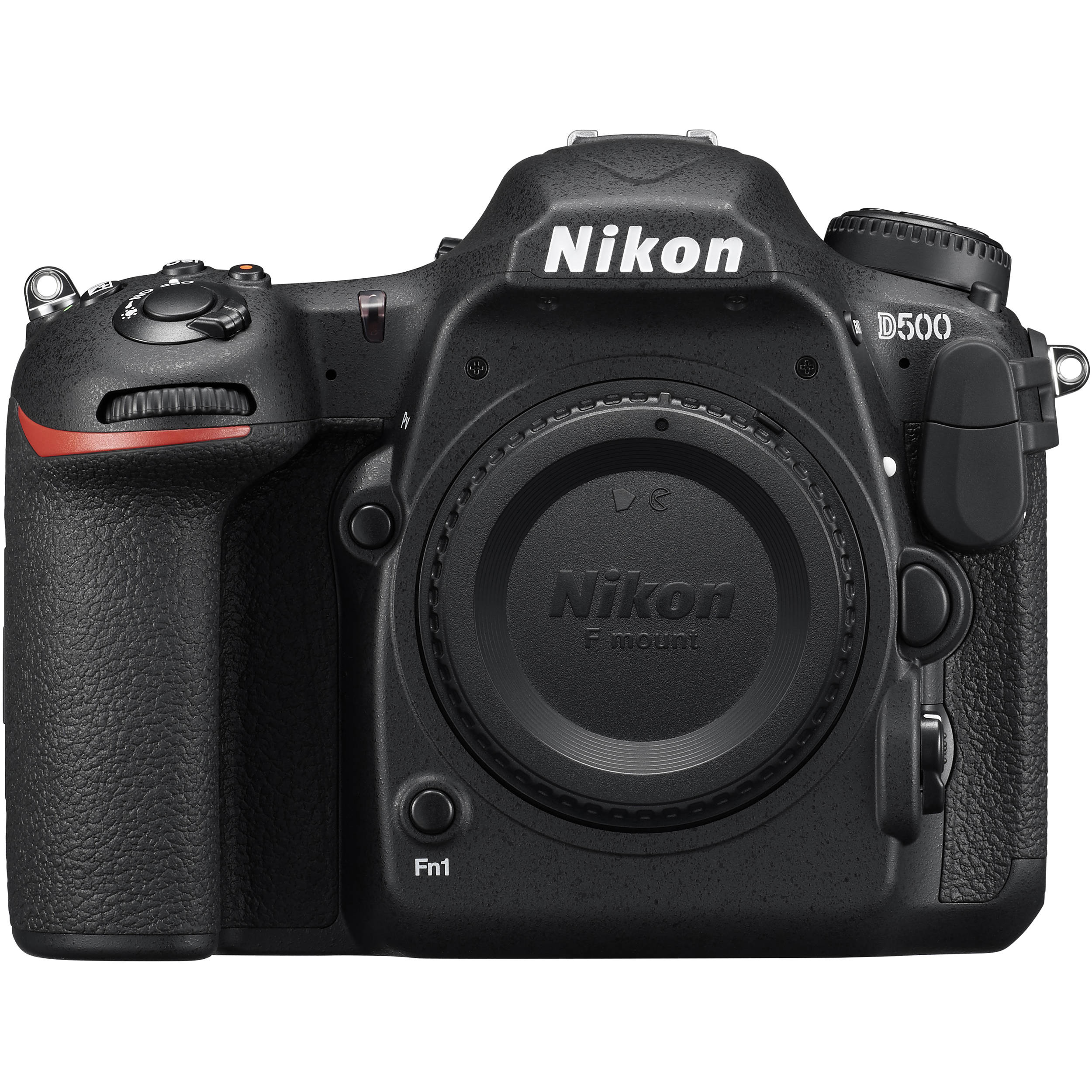Overview
The D500 is Nikon's newest and most advanced digital SLR camera, equipped with a DX format sensor. It is a continuation of the forgotten line of cameras Nikon D200, Nikon D300 and D300s - cropped professional-level DSLRs. The last model of this series was released as much as seven years ago, but many photographers still actively use them or remember them with warmth and a share of nostalgia. In 2016, Nikon decided to revive this line. But the market situation is now completely different: it is not 2007, when there were no available full-frame devices and many professionals were forced to shoot on the crop. It would seem that the whole frame has been victoriously striding around the world for a long time, it is becoming more accessible. What can now offer a discerning photographer a “professional crop” represented by Nikon D500 ? It turned out that very, very much. Get a quote Nikon D500 There is no point in comparing the device with its predecessor - Nikon D300s: the novelty surpasses it in all respects. This is a completely new camera, the second wind of the very concept of the advanced Nikon crop. One way or another, the D500 will be compared with modern models, mostly full-frame. This is due not only to its capabilities, but also to its price. In terms of cost, the Nikon D500 is on par with full-frame cameras: the Nikon D750 costs the same, and the Nikon D610 is even cheaper. What is so surprising about the new product? Quickly get acquainted with its most important characteristics and find out what kind of beast this Nikon D500 is . Speed ??- this is the word that should be associated with the Nikon D500. Everything is done so that the camera is as fast as possible in all respects. The key characteristics of the device include the possibility of serial shooting with a frequency of 10 frames per second in RAW format. And the length of such a “queue” (if there is a sufficiently fast memory card) can be, according to the manufacturer, 200 frames without a drop in speed. This is the best indicator among the cropped DSLRs to date, it coincides with the capabilities of the flagship Nikon D5. The innovations that significantly increase the speed of work include the phase autofocus module. This is the same Multi-CAM 20K that is installed in the Nikon D5. The sensor has 153 AF points, 99 of which are cross type. When shooting, the photographer can choose one of 55 points, the rest work as auxiliary. In the Nikon D500, autofocus sensors cover almost the entire frame area. This is very convenient: you can focus anywhere, even from the edge.
Coverage of the frame with AF points
Multi-CAM 20K phase detection autofocus sensor
Nikon D500 and its "big brother" - the flagship full-frame SLR Nikon D5


